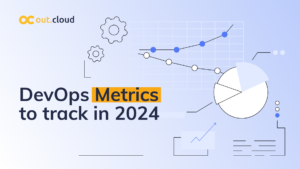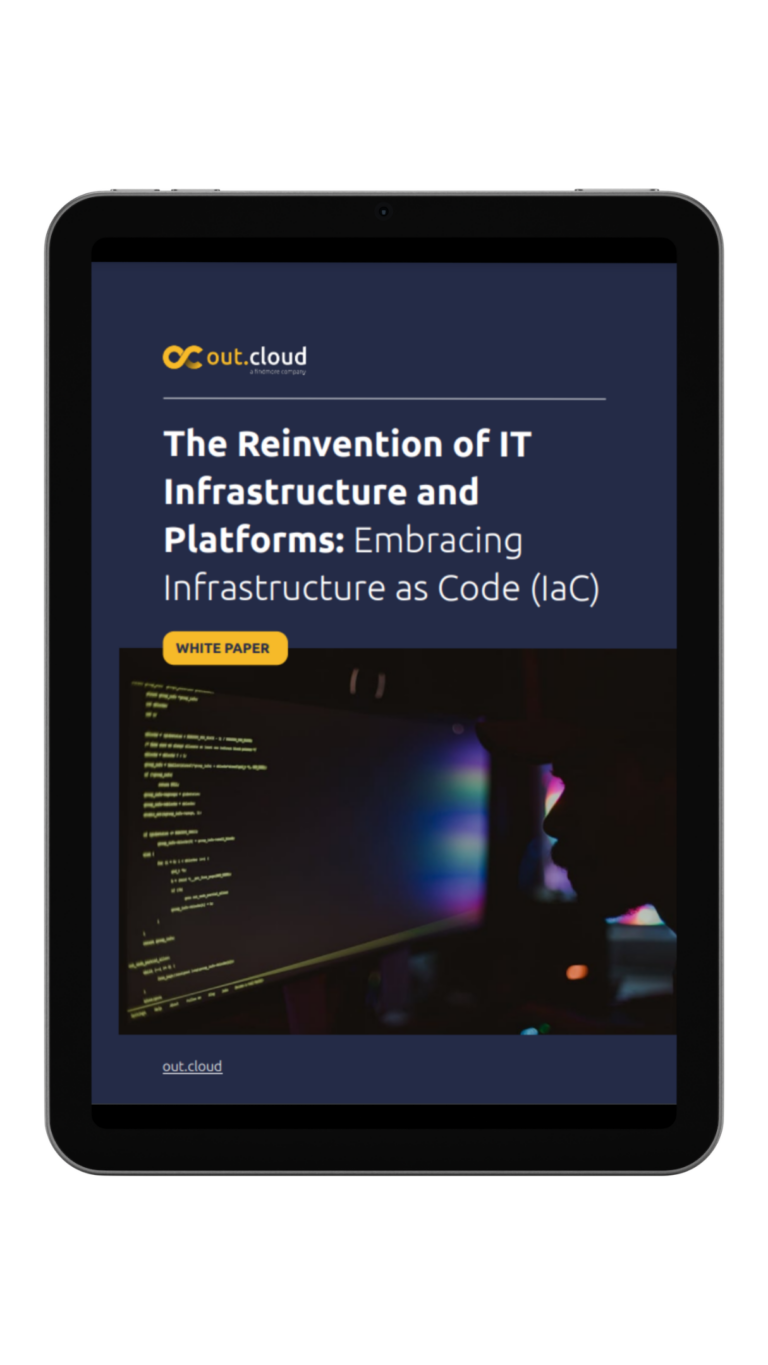When it comes to arguments surrounding cloud economics, you will surely come across the term CapEx vs OpEx. Although not the most common topic you hear when the matter is cloud computing, CapEx and OpEx play an extremely important role in a cost management strategy.
As you guessed by now, you’re about to dive into a technical article. However, before you think about closing the webpage, rest assured that reading the following article will be easy peasy. So, let’s start at the top.
CapEx vs OpEx: What is it?
CapEx, also known as Capital Expenses, are established as business expenses in the course of creating long-term benefits, specifically, in the future. In other words, this refers to assets that can range from purchasing equipment or an actual infrastructure. In the case of IT goods, it can be servers or common office equipment needed by the teams and overall business to function. Operating Expenses, or OpEx, are the expenses the business is expected to have in its day-to-day, such as bills, website hosting or domain costs. Although these expenses are considered essential for the business, CaPex assets are much more of a long-term investment.
CapEx is a common model of IT acquirement, while in contrast, OpEx is how cloud computing services are obtained. Both have different ramifications and demands for cost and operational adaptability, among others. The public cloud is very connected with cost savings and the reason is simple: a public cloud does not compel major investment in terms of CapEx. This makes it a highly sought-after model for organizations worldwide.
CapEx vs OpEx costs
When choosing a Cloud service model, the financial requirements of CapEx vs OpEx will play an important role. If your goal is to avoid cost-related risks, the ideal choice is a public cloud service which provides a major advantage: pay as you go, model. The public cloud approach continues to be one of the most sought after models by companies due to its security and money saving strategies that businesses experience, among others. For many organizations, a pay-as-you-go model is the best solution as it allows experts to manage and maintain the cloud. This frees businesses the need to hire new staff, allowing the current IT staff to focus on other specific day-to-day tasks and other responsibilities. In addition, it provides control over the financial course and strategy, increasing the predictability of the business. Overall, an OpEx approach focuses on keeping expenses down.
- Building your cloud can appear like a great investment. However, amid the constant changes in IT, specifically in cloud computing, there is a very real possibility that the investment in equipment and skilled workforce may turn out to be irrelevant before you can see any sort of profit. Remember, technology is constantly changing.
- Your staff should be contributing to better products and processes and not watch over these assets when they could support the business in other ways. This means that either you’re taking employees from what they were originally hired, removing their worth related to their work.
- Agility goes out the window when you invest too much time, money, and manpower into a CapEx expense that you later can’t change due to the amount of investment you already did in all those resources. This is a guaranteed way for your business to enter a very dangerous zone.
Advantages of the OpEx model:
- Acquiring IT resources and services make purchases less permanent and at the same time, less risky. For example, if your provider doesn’t meet your expectations, if your IT budget isn’t a steady flow as expected or if you’re not committed to an IT infrastructure that your personally, as a business, invested in, it translates into less risk.
- As in any business, time plays a crucial part. Since the services provided in the cloud are fast, the time spent on deploying new and improved products can be shortened by days if not hours, unlike many businesses that face a projection of months, compromising profits.
- The flexibility of a pay-as-you-go cloud service allows your business to keep up with the competition by paying for only what you need. This is very beneficial as it protects your investment, taking into consideration what you need at the moment and not an overall package of services that come with a heavy price. If you only need two oranges, why buy a pack of six.
In sum, in an ever-changing market, focused on delivering clients with the best solutions, knowing how CapEx vs OpEx can impact your business is crucial. Furthermore, it’s important to note thatan OpEx approach gives businesses higher agility and flexibility. With its predictable costs and resources that support scalability.
More than ever, the cloud market is reaching maturity thanks to its innovations and security. Knowing this, enterprises prefer OpEx based IT solutions to on-premises infrastructure due to the less investment needed and operating costs. At the end of the day, it’s important to realize that in the same way that you have the power of choice over your strategy, the financing model you choose will determine the presence, competitiveness, and security of your organization in the future.
There is no denying that having a “ready-made” high-performance team, tested in delivering results, is extremely advantageous. In other words, teams that will get you out of a bind, solve it, and provide you with internal rewards are a match made in heaven!






